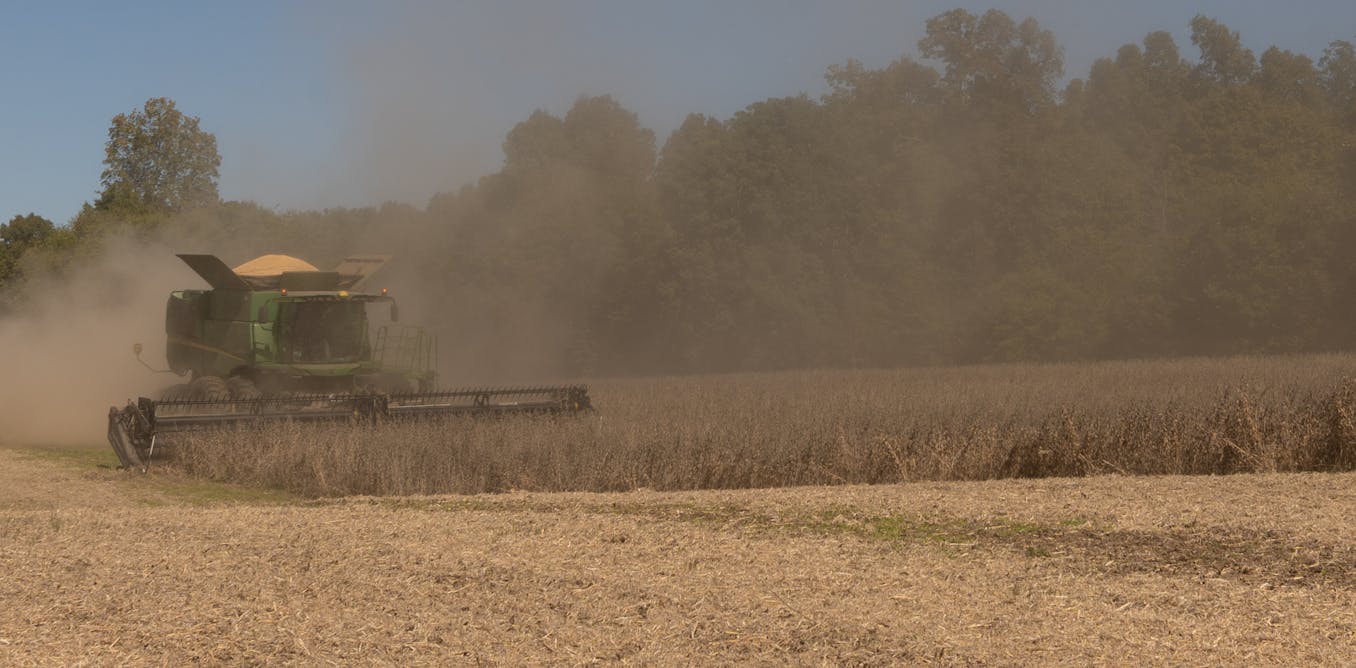In cities across the United States, an ambitious goal is gaining traction: Vision Zero, the strategy to eliminate all traffic fatalities and severe injuries. First implemented in Sweden in the 1990s, Vision Zero has already cut road deaths there by 50 percent from 2010 levels. Now, technology companies like Stop for Kids and Obvio.ai are trying to bring the results seen in Europe to U.S. streets with AI-powered camera systems designed to keep drivers honest, even when police aren’t around.
Local governments are turning to AI-powered cameras to monitor intersections and catch drivers who see stop signs as mere suggestions. The stakes are high: About half of all car accidents happen at intersections, and too many end in tragedy. By automating enforcement of rules against rolling stops, speeding, and failure to yield, these systems aim to change driver behavior for good. The carrot is safer roads and lower insurance rates; the stick is citations for those who break the law.
The Origins of Stop for Kids
Stop for Kids, based in Great Neck, N.Y., is one company leading the charge in residential areas and school zones. Co-founder and CEO Kamran Barelli was driven by personal tragedy: In 2018, his wife and three-year-old son were struck by an inattentive driver while crossing the street. “The impact launched them nearly 18 meters down the street, where they landed hard on the asphalt pavement,” Barelli says. Both survived, but the experience left him determined to find a solution.
He and his neighbors pressed the municipality to put up radar speed signs. But they turned out to be counterproductive. “Teenagers would race to see who could trigger the highest number,” Barelli says. “And extra police only worked until drivers texted each other to watch out.”
So Barelli and his brother, longtime software entrepreneurs, pivoted their tech business to develop an AI-enabled camera system that never takes a day off and can see in the dark. Installed at intersections, the cameras detect vehicles that fail to come to a full stop; then the system automatically issues citations. It uses AI to draw digital “bounding boxes” around vehicles to track their behavior without looking at faces or activities inside a car. If a driver stops properly, any footage is deleted immediately. Videos of violations, on the other hand, are stored securely and linked with DMV records to issue tickets to vehicle owners. The local municipality determines the amount of the fine.
Stop for Kids has already seen promising results. In a 2022 pilot of the tech in the Long Island town of Saddle Rock, N.Y., compliance with stop signs jumped from just 3 percent to 84 percent within 90 days of installing the cameras. Today, that figure stands at 94 percent, says Barelli. “The remaining 6 percent of non-compliance comes overwhelmingly from visitors to the area who aren’t aware that the cameras are in place.” Since then, the company has installed its camera systems in…
Read full article: AI Intersection Monitoring Could Yield Safer Streets

The post “AI Intersection Monitoring Could Yield Safer Streets” by Willie D. Jones was published on 07/05/2025 by spectrum.ieee.org





































Leave a Reply